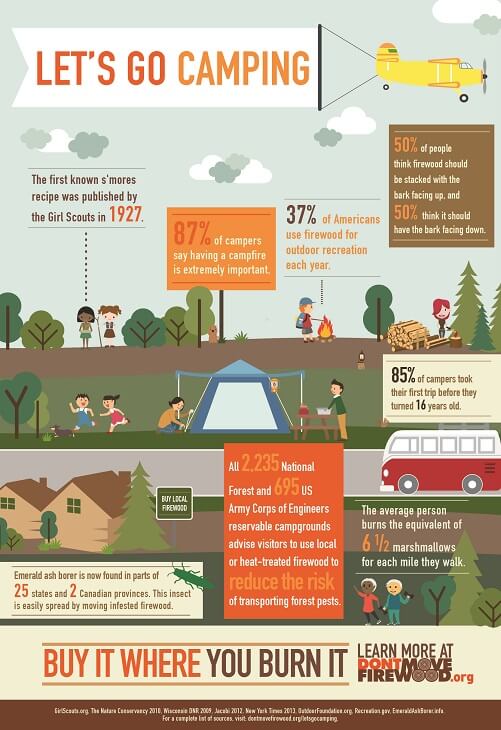Establishing your outdoor tents can be a challenging task for even skilled campers. This guide will certainly cover the basics of pitching an outdoor tents properly and safely so you can enjoy your camping trip without stress or concern.
What is the lightest 2 person backpacking tent?
Begin by outlining your outdoor tents's impact and ground sheet to secure your camping tent floor from rocks, sticks, dirt, and other debris. Next, construct the outdoor tents posts and secure them to the edges of the outdoor tents body making use of the proper sleeve or hook.
Selecting the Right Site
When you are tired after a long day walking, you intend to pitch your outdoor tents and prepare yourself to rest. Yet you ought to first stroll around the site to make sure it is secure for outdoor camping. Overlook and as much as discover whether any trees have huge dead branches that can fall on your outdoor tents. These are often called widowmakers and you don't want them to drop on you while you're resting.
Additionally make sure to prevent low places that can flooding during a storm and to camp far from pet tracks, nests and habitats where ticks and chiggers are most likely to prosper. Search for a level, rock-free spot that is big enough for your outdoor tents and any other gear you'll be bringing.
Some people like to set their tents up so the head end is pointed toward the east to catch the sun's warming rays first thing in the morning. This isn't always required, but it is a nice touch that can aid wake you up.
Pitching Tips
It might appear apparent, but correct outdoor tents pitching is one of the most essential factors in a good night's sleep. Having a practice run in the house will certainly help you familiarize on your own with your camping tent, find all the post sleeves and bolts, and see to it every little thing is in place. It's additionally a blast to exercise using guylines for stability and to uncover any type of broken pieces.
When you arrive at your outdoor camping site, examine the surface to see if it's suitable for your tent. An excellent guideline is to pitch the tent on a flat, degree spot with a mild downhill angle. This will certainly allow rainfall to drain away from the tent as opposed to merging in front of it.
If you can not find a level location, think about positioning a tarpaulin or other groundsheet under your outdoor tents footprint to shield it from wetness. This can likewise assist keep dust out of the tent.
Making Use Of Guylines Efficiently
Using person lines efficiently is vital to ensuring your tent or hammock remains secure in high winds and other negative weather. A guy line is a rope or cable that attaches to the ground with loops and D-rings in the framework, tarp, or rainfly.
Begin by securing one end of the line to a guyout loophole on your tent or rainfall fly, or to the pole it's connected to. Then loophole the various other end of the line over a stake positioned well away from the framework and tighten it.
Keeping your sanctuary's man lines tight will certainly prevent sagging or sagging during windy problems, stopping dampness from leaking right luxury camping into the camping tent or damages to the structure and boosting comfort and security throughout camping. Constantly check the tension of your individual lines during and after negative climate condition to ensure they continue to be protected. On top of that, consider loading a guy line tensioner to quickly adjust and preserve the correct amount of stress in your lines.
Removing the Tent
When clearing up right into your campground, locate a spot with a flat location and clear it of rocks and debris. Likewise, make certain to set a camping tent impact or tarpaulin slightly smaller sized than your outdoor tents body to prevent water pooling. This aids keep your camping tent completely dry from rain or condensation and can be particularly handy in windy areas.
Analyze your equipment, including the tent stuff sacks to see to it nothing is missing. Inspect that the posts fit into their clips and restock first-aid products if required.
When it's time to pitch your outdoor tents, begin by orienting the doors downwind, and stake down each corner of the camping tent. If the ground hangs or sandy, take into consideration spreading a tarp under your camping tent to shield it from wind and reduce the possibility of your outdoor tents toppling. Additionally, be sure to utilize guylines successfully to restrain your rainfly and maintain it tight. A well-pitched outdoor tents can protect against dripping, condensation, and sun damage.
Do tents leak when it rains?
